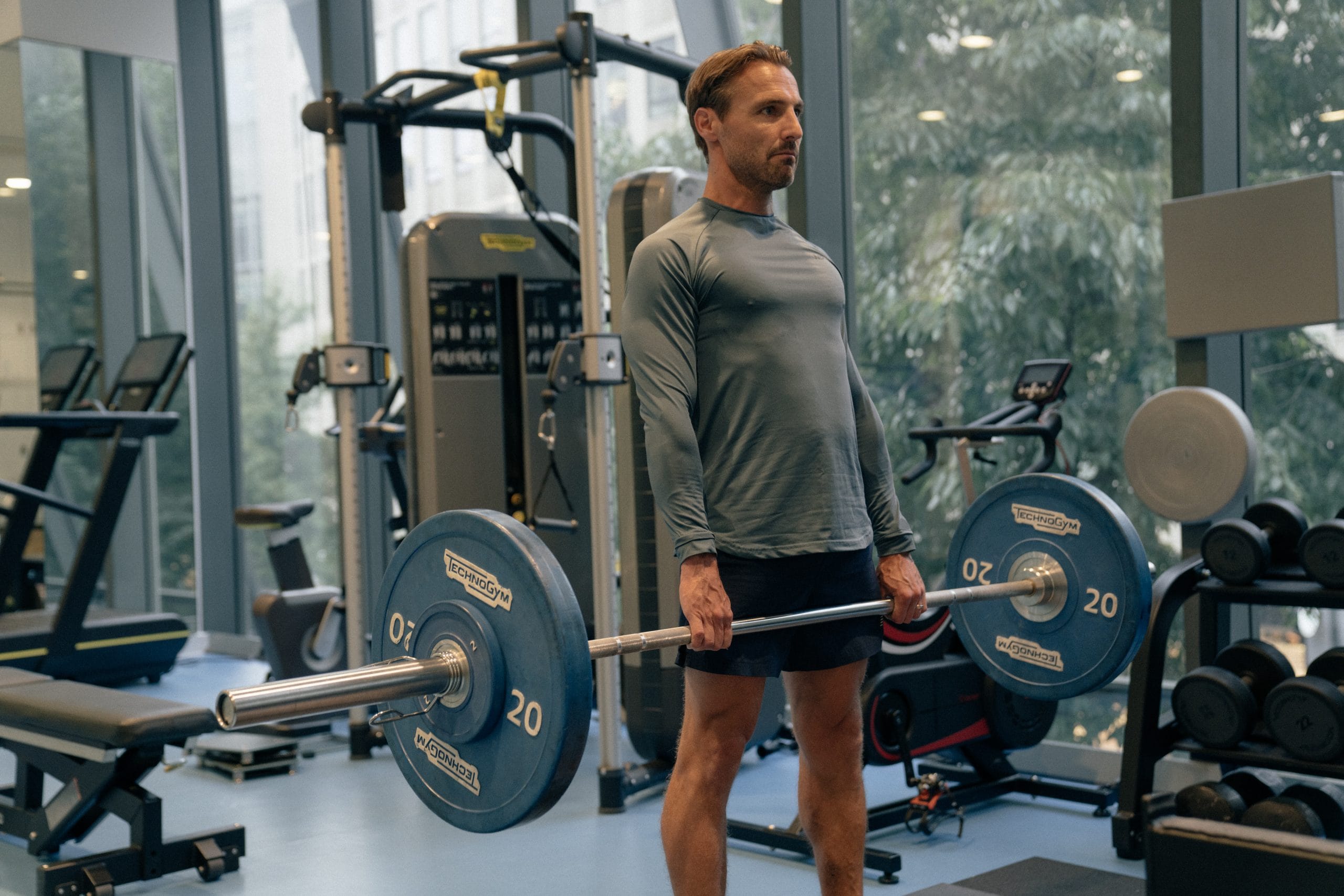Beginners Guide to Osteopathy

Pure Sports Medicine
- 26 March, 2025
- Osteopathy
- 2 min read
Osteopaths aim to restore a state of balance which is required for healthy living. Like Physiotherapy and Chiropractic, Osteopathy uses gentle and non-invasive manual techniques, but practitioners can also develop other skills to compliment their approach including exercise rehabilitation, dry needling, taping and bracing.
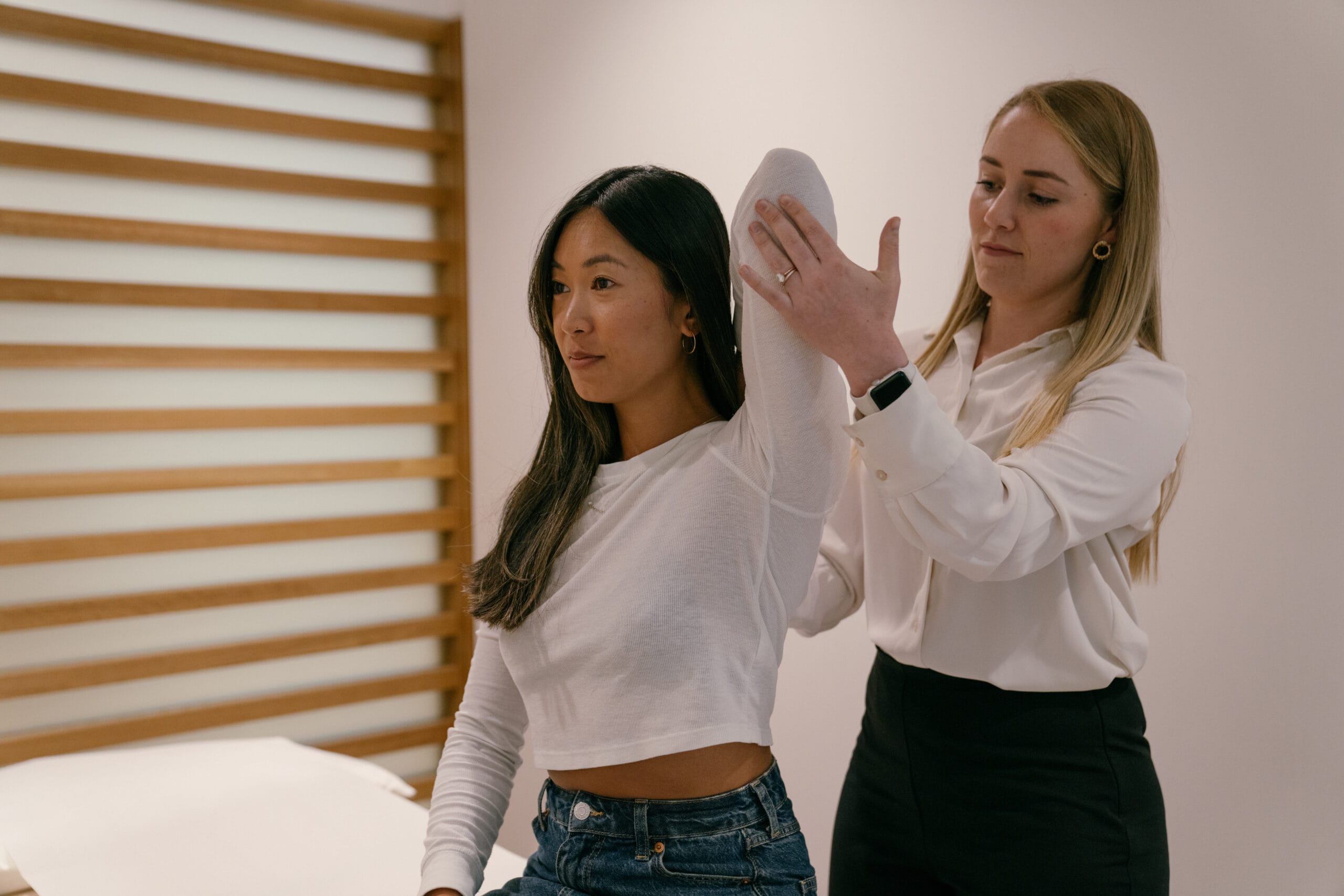
The manual techniques used by Osteopaths aim to improve the mobility of joints, tension within muscles and increase the blood supply and nerve function.
The focus area of your treatment is dependent on your clinician and ailment. Treatments can vary from soft tissue work, stretching and movement, cranial techniques or spinal mobilisation. Osteopaths can select the most suitable combination of techniques and modalities to suit you and your recovery.
What can I expect from the treatment?
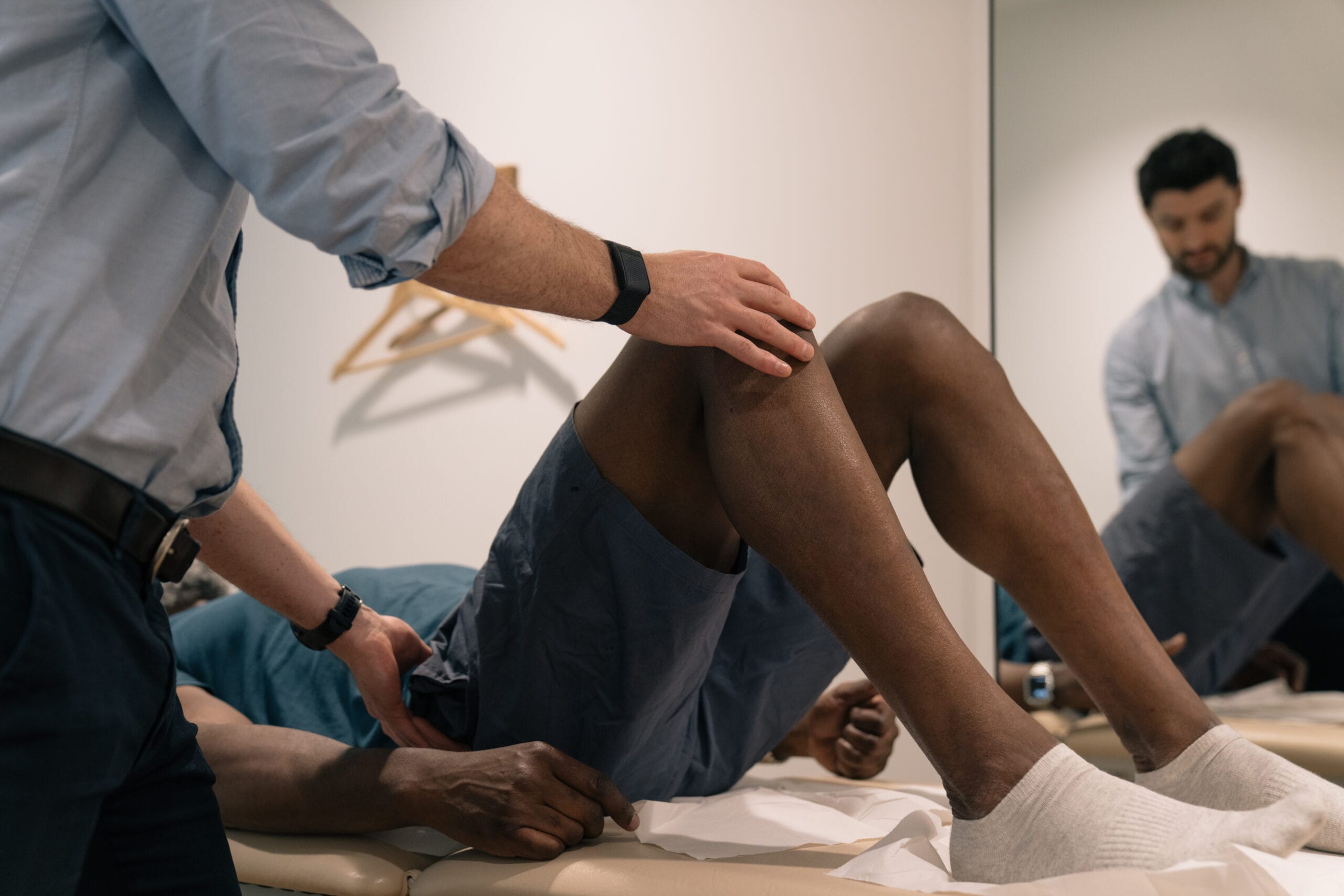
Each Osteopath approaches a new patient and their problem on an individual basis, taking into account their history, habits, and own understanding of their pain as it relates to them.
One of the key aspects of the way we deliver Osteopathy at Pure Sports Medicine is our emphasis on keeping the patient moving. Whilst treatment, rest, and time can be helpful from a pain relief perspective, that success is likely to be short lived because although you may now be pain-free you’re likely to be:
Slightly weaker from not using your body
Slightly stiffer from the lack of movement (this has implications on blood flow and joint mobility )
Unaware of how to prevent future problems
Our aim is to treat patients where needed, but get them off the treatment table sooner rather than later. This can be achieved with posture, lifestyle, and specifically targeted exercise advice.
We want you to understand your condition, how to manage it and the road to recovery so you feel involved in the process. Research shows that educating patients on the mechanics and psychology of pain plays a big part in recovery – particularly in the instance of chronic pain.
How do I know if Osteopathy is right for me?
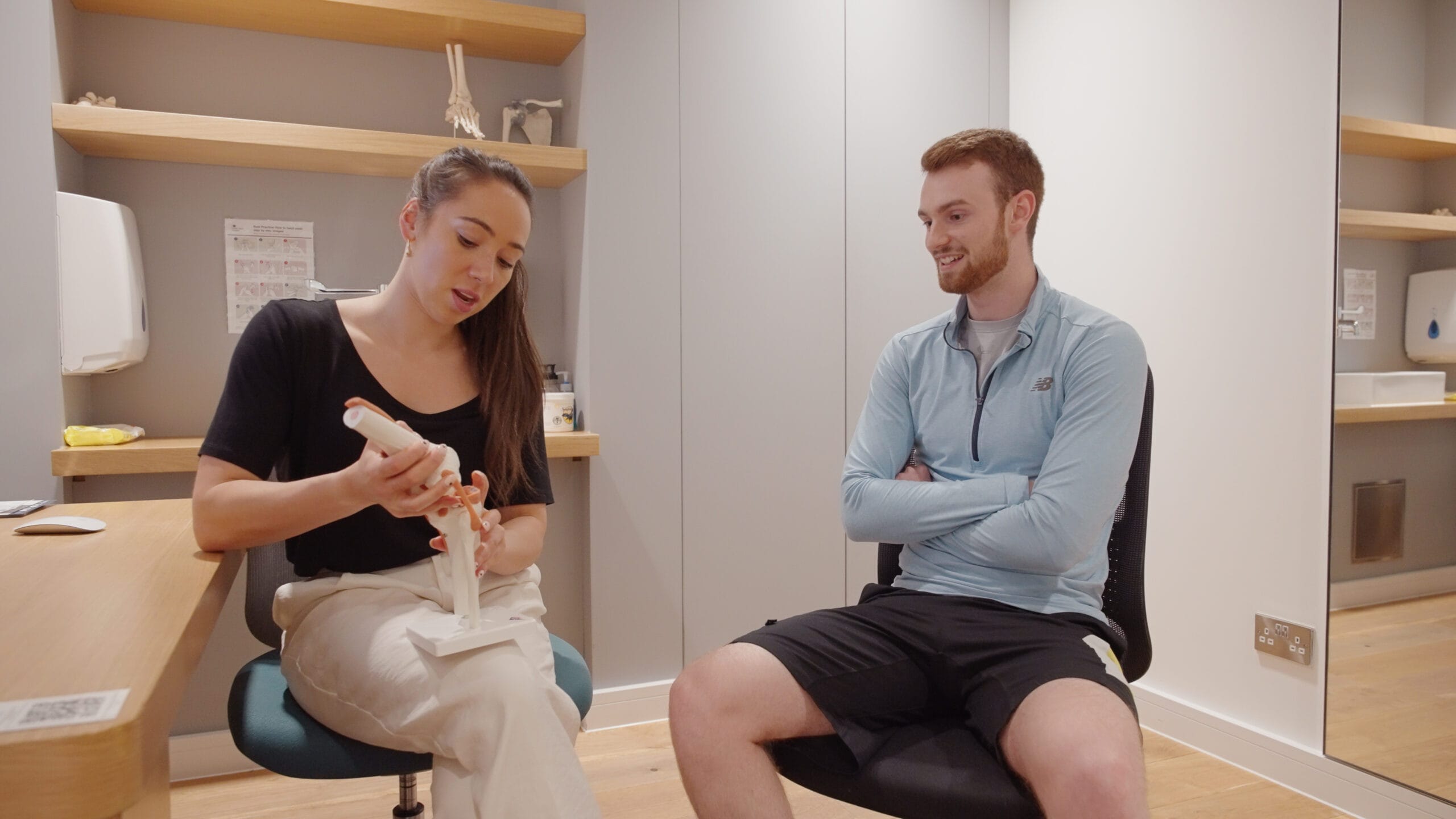
Many conditions can be aided with Osteopathy, however, this will be determined for certain at your initial consultation. By looking at your medical history, performing a thorough examination and discussing with you, if appropriate, your management plan, your clinician will be able to advise you if you need further examinations or if another avenue of treatment is more suitable.
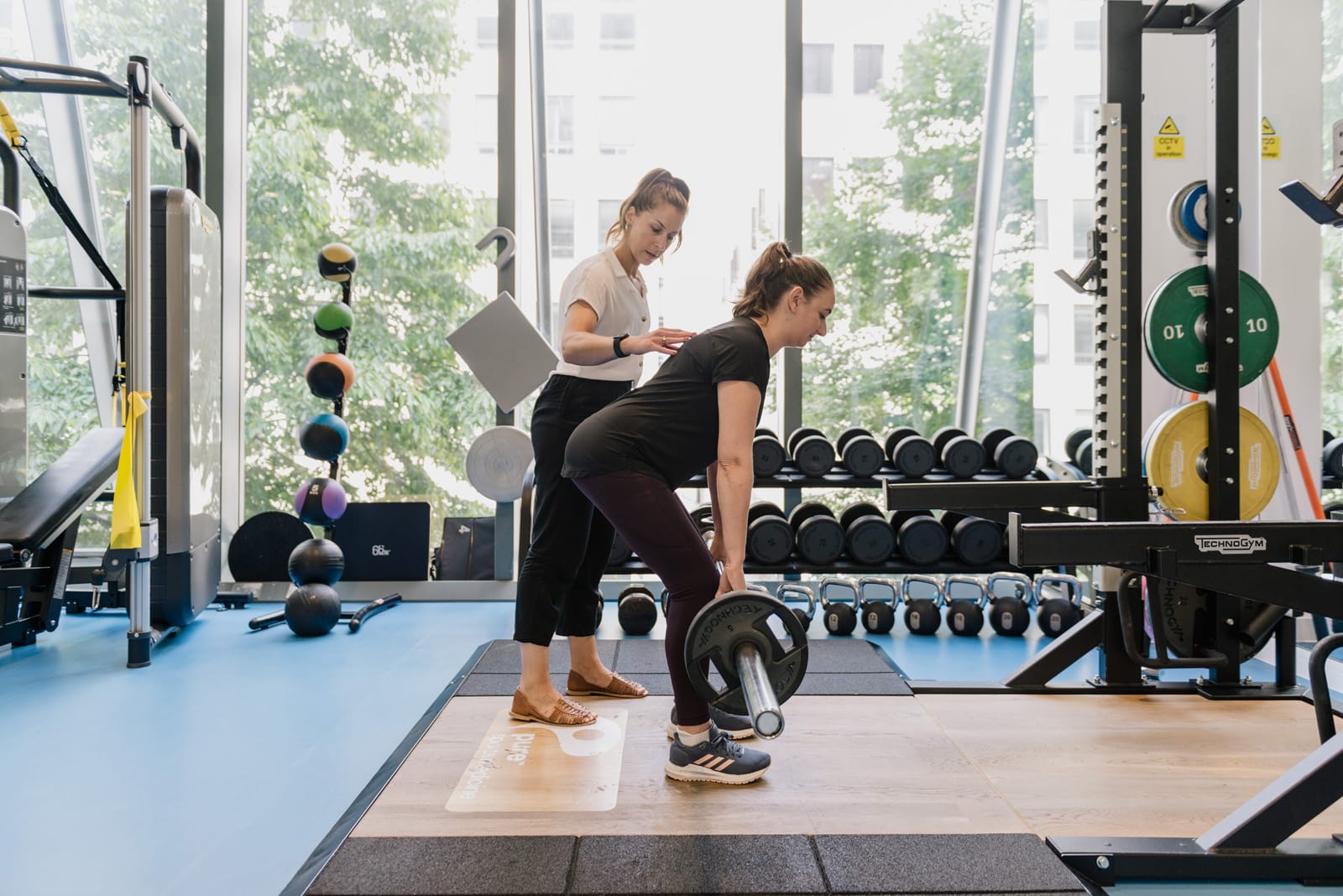
What are the benefits of Osteopathy?
Osteopaths may be able to help you with the management of some of the issues listed below. This help may come in the form of treatment, advice, or an appropriate referral.
- Acute or chronic low back pain
- Neck and shoulder problems
- Sports injuries
- Joint / muscle / ligament pain
- Headaches arising from the neck (cervicogenic)
- Hip / pelvic problems
- Pregnancy related pain
- Postural problems
- Digestion problems
For more information, or to book and appointment with one of our Osteopaths, please complete the form below.

Advice
Over the last 20+ years our experts have helped more than 100,000 patients, but we don’t stop there. We also like to share our knowledge and insight to help people lead healthier lives, and here you will find our extensive library of advice on a variety of topics to help you do the same.
OUR ADVICE HUBS See all Advice Hubs

